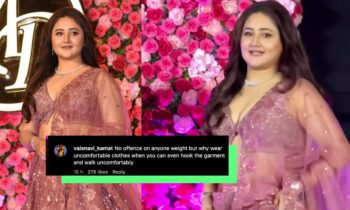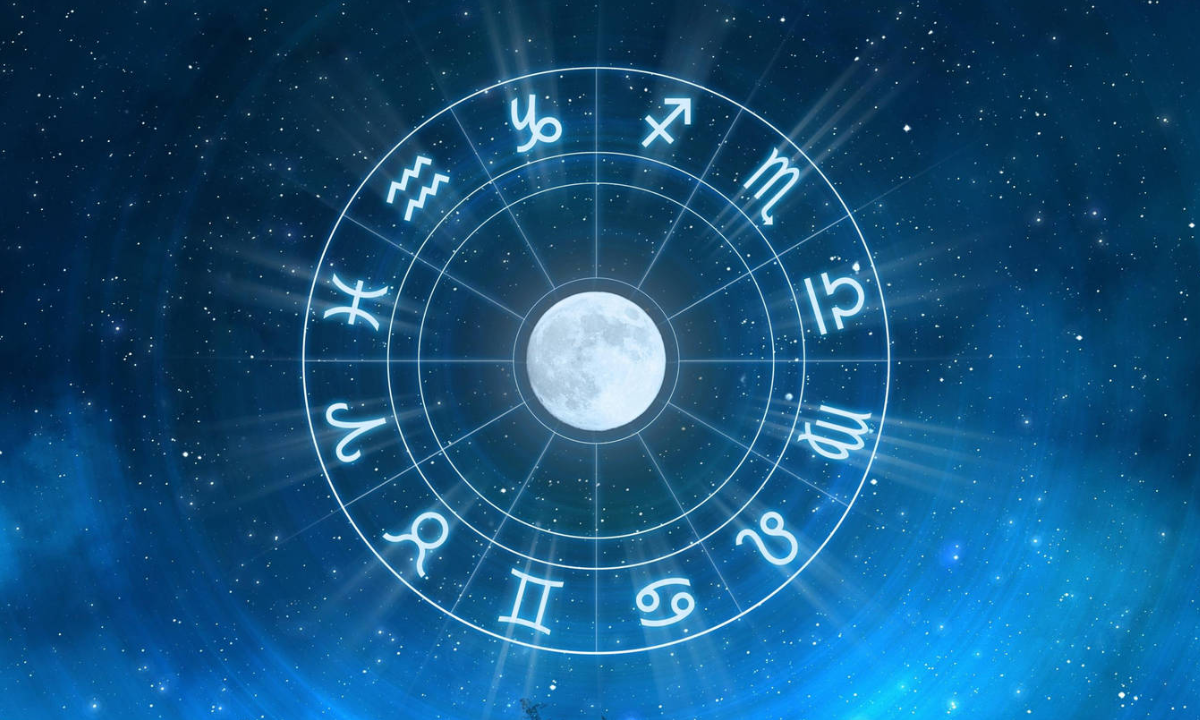Science Institutes Will Be Rated Based On Support For Their Women Staff. This Includes Promotion And Leadership Opportunities

In almost every field, the representation of women is shameful. The situation is extremely bad in fields that come with a certain authority and power. There is a dearth of women in law, politics, science and technology (the list goes on). After all, these are traditionally deemed as more masculine jobs. Whatever that means. However, the Department of Science and Technology is trying to correct this. They have developed a framework that rate and rank science institutes depending on the proportion of women employed.
This initiative under the new Science and Technology Policy 2020, will cover government and private institutes. They will be rated on the basis of not only how many women are employed there but also promotion opportunities, leadership positions and support structure. This is aimed at creating women leaders. How awesome is that? Through this initiative, the field of science and technology will be more inclusive and women-friendly.
Prof Ashutosh Sharma, Secretary, Department of Science and Technology told Indian Express that the framework was being conceptualized as a part of the new policy’s push towards “inclusivity, equity and diversity’’.
Aiming to create women leaders, @IndiaDST is developing a framework to rate & rank #science #institutes depending on the proportion of #women employed. #WomenInSTEM #WomeninScience @drharshvardhan @Ashutos61 https://t.co/YLxnVjm3dH pic.twitter.com/0h1E0W2DJA
— DSTIndia (@IndiaDST) September 29, 2020
He said, “The representation of women in engineering courses at IITs is around 10-12 per cent. Even in our own department, we have said that all the committees must have at least 25 per cent women. But the number of women in the sciences are so low, it is often difficult to fill these positions. Even when they do join the sciences, they tend to drop out at some stage due to socio-cultural reasons, family pressure, children, etc. And when that happens, those reaching leadership positions are very few.”
This framework will also work towards creating interventions that will help female entrepreneurs and other communities that are cut off from the field of science due to geographical reasons as well as due to lack of privilege. Prof Ashutosh said, “Why should the sciences be restricted only to those who are fluent in the English language? Intelligence is not determined by language.”
These various committees will look at various issues affecting women. This includes the strengthening of the committee that looks into sexual harassment claims.
However, the problem begins at the grassroot level. There is a lack of women representation in science because there is a lack of female students who take up STEM courses in college. Why? Well, call it gender norms or sexism but these are male-dominated courses and fields. To make this right, in 2005, the government set up a task force on women in science. They found that there has been a growth in enrolment of women at the university level, from 10.9 per cent in 1950-51 to 39.4 per cent in 2000-2001.
The task force also found that the “situation in the IITs is particularly dismal’’ and a significant drop in women from the doctoral level, scientists or faculty. According to the study, the number of women scientists that were employed at these prestigious universities were less than 15%. That’s incredibly low.
Also Read: We Have Only 2 Women Judges In Supreme Courts And 78 In High Courts Across India. The Representation Of Women In Law Needs To Improve
#ExpressFrontPage | The last science policy was drawn up in 2013, and the new version is expected to be unveiled by December.https://t.co/vCTZdyfL3t
— The Indian Express (@IndianExpress) September 29, 2020
Over the years, the department of science and technology has introduced various initiatives to encourage women to take up STEM courses and join the field of science but it’s a slow-moving process. The most recent initiative to boost women in science was the Vigyan Jyoti.
Prof Ashutosh said, “We are very excited about Vigyan Jyoti, which we launched recently, to encourage girls to choose STEM (Science, Technology, Engineering and Mathematics) careers and bring more of them into IITs, NITs and IISERs. The Navodaya Vidyalaya Samiti is running this programme for us in which 2,500 of the top-performing Class XI students have been chosen from 50 districts, as a pilot. This will be scaled up to 50,000 top high school students from across all boards.” Further adding, “These classes will be held for exposure more than anything else in which girls will get to meet top women scientists, entrepreneurs, captains of industry, etc. A lack of women role models in science is one of the reasons, we believe, that more girls don’t choose STEM education.”
Science is a field where more women representation is desperately needed. Right now, it’s barely inclusive of women. Let’s hope that this new framework and these initiatives will help boost women in science.
https://thehauterfly.com/inspiration-2/inspiration-ups-pratibha-verma-topped-the-upsc-civil-services-exam-among-women-candidates-she-said-she-wants-to-work-for-women-empowerment-in-her-home-state/

















